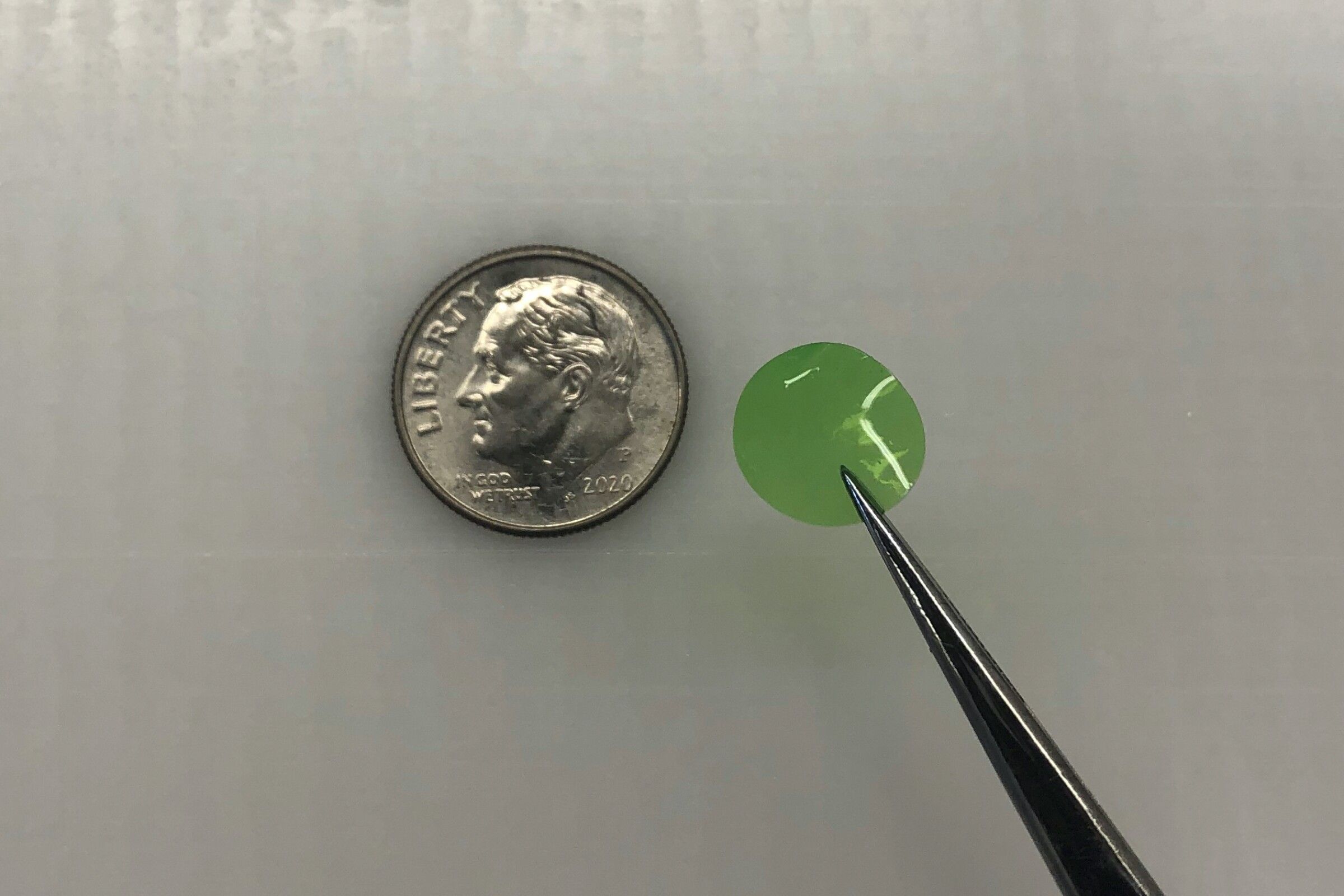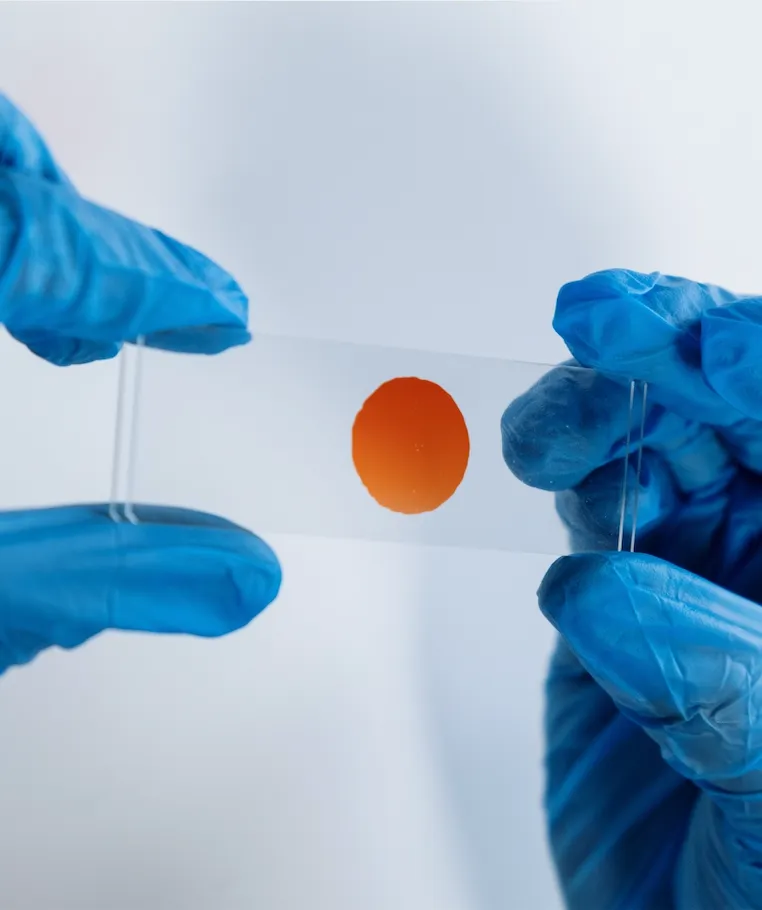Tattoos nowadays are used as decorative body ornamentation, but what if they can have another function? Scientists have developed a thin film that can be implanted right under the skin, like a tattoo, to show the amount of oxygen in the blood.
The thin film consists of a protein derived from silk that is biodegradable and biocompatible. So, unlike tattoos, the film will be degraded and excreted by the body after a few weeks to a few years. This degradation time can be altered depending on the time you want the tattoo to be present in the body. Added to the film is a complex molecule that glows in the presence of near-infrared light.

The duration of the glow after removing the near-infrared light source is determined by the concentration of oxygen present in the surrounding tissue. The higher the concentration of oxygen, the shorter the glow lasts. So, if you shine a light on the tattoo and the glow fades immediately after removing the source, you have a lot of oxygen in your blood. While, if the glow lasts for a long time, this is a signal that your oxygen level is low.
Although we already have a method to measure the oxygen concentration in the blood without actually extracting blood, this oxygen sensing tattoo is a promise for innovation in blood monitoring. It could be the first step toward sensors for glucose, lactate, or electrolytes without requiring blood samples.


Comments (0)
Share your thoughts and join the technology debate!
No comments yet
Be the first to share your thoughts!